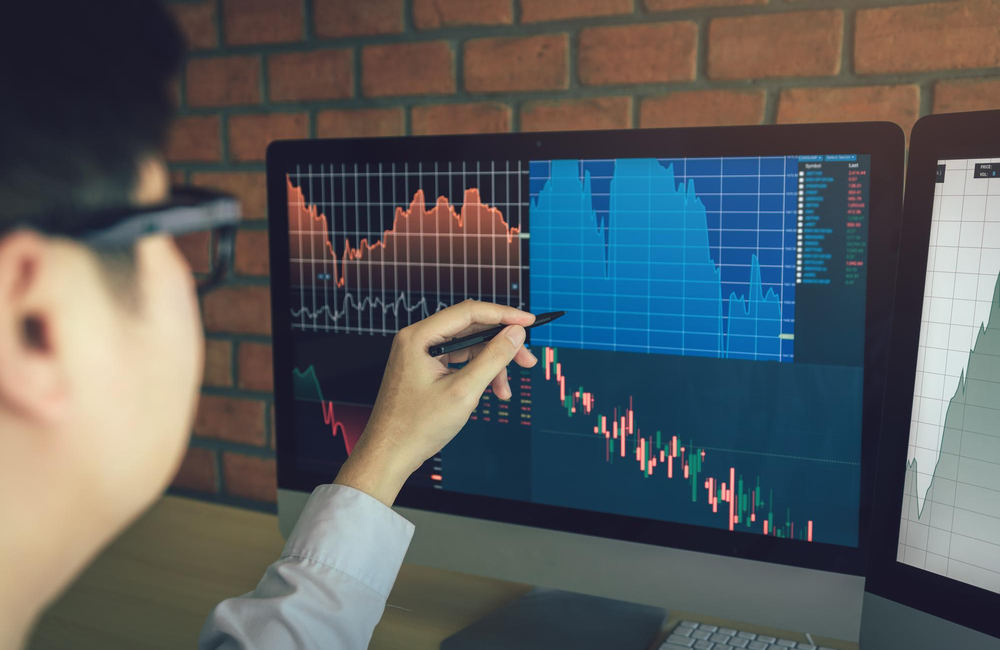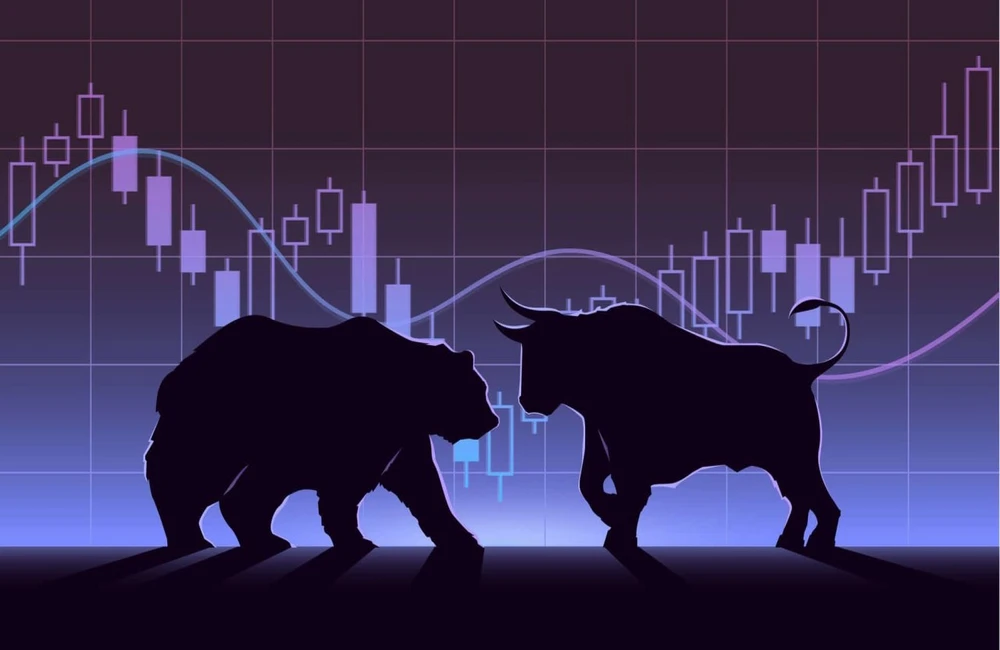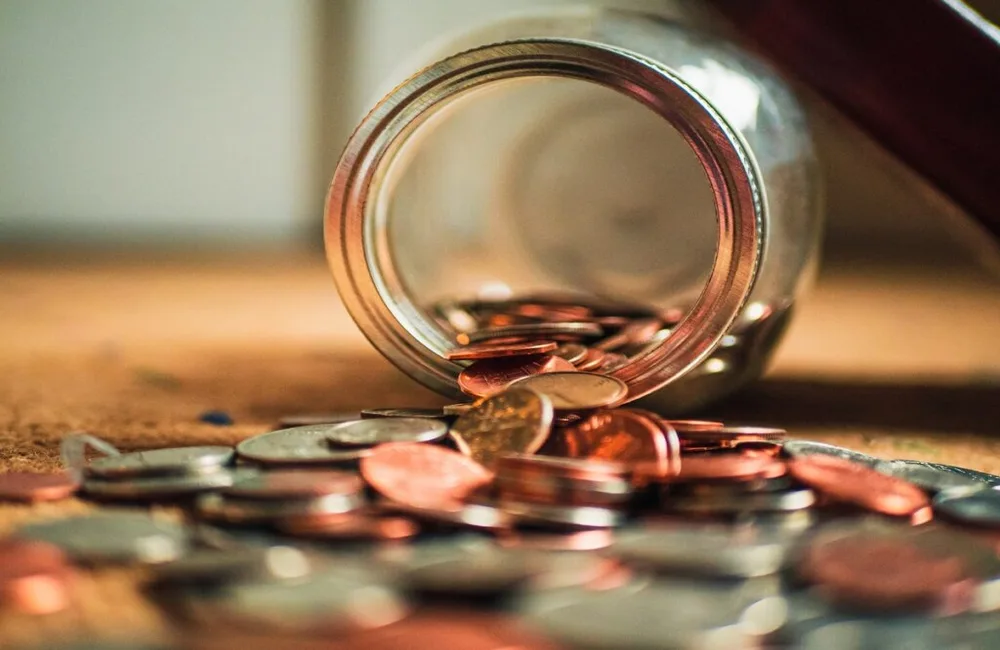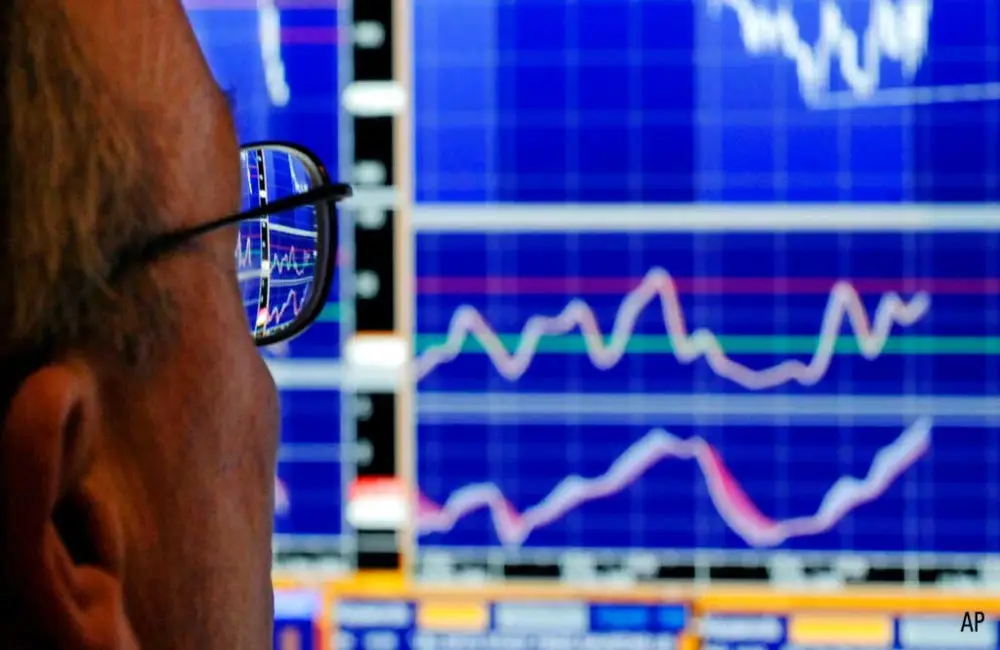The Reserve Bank is expected to lift rates after the board meet at 2.30pm today. Most economists surveyed by Bloomberg predict a chunky 0.4% increase.
ASX futures were 5-point or 0.1% lower at 7207 as of 8.00 am Monday morning, suggesting a slight dip at the open.
The S&P 500 rose 0.3 percent overnight and the technology-driven Nasdaq Composite Index climbed 0.4 percent. The Dow Jones industrial average rose less than 0.1%. All three indexes rose in the morning, with the Nasdaq climbing almost 2 percent.
Investors remained torn between the positives of Friday’s jobs report and more cautious recent economic commentary from corporate leaders like Tesla’s Elon Musk and JPMorgan’s Jamie Dimon, according to AvaTrade chief market analyst Naeem Aslam.
“The conversations that we’re having with clients, we don’t see confidence,” he added. The morning surge, he explained, was a type of dead-cat bounce. “The stock market is not a buy.”
The S&P/ASX 200 was down 0.5% at 7206.3 in local trading, as investors prepare for a possible interest rate hike by the Reserve Bank of Australia on Tuesday.
Energy stocks did climb 2.1%, and oil-and-gas companies Woodside, Beach Energy and Santos shares were up 3.2%, 1.4% and 2.0%, respectively.
The technology sector was the weakest performer, declining 1.6%. Tyro shed 8.4 per cent and Xero fell 1.5 per cent.
Major banks closed down between 0.3% and 0.8%, while Magellan Financial was the day’s biggest loser, down almost 14.0% after it said funds under management fell.
In commodity markets, Brent crude oil fell 0.2% to US$119.51 a barrel. Iron ore was up 2.2% at US$146.75. Gold was flat at US$1843.50.
It was a quiet session for local bond markets ahead of the Reserve Bank’s interest rate decision today. The yield on Australian 2 Year government bonds was still 1 bps higher at 2.58% while the 10 Year was unchanged at 3.48%. In America, the 2 year Treasury note yield climbed to 2.73% while the 10 year US Treasury notes yield increased to 3.04%.
The Australian dollar was at 71.93 US cents after closing at 72.05 US cents. The Wall Street Journal Dollar Index, which measures the US dollar against 16 other currencies rose to 95.16.
Asia
Chinese stocks rose further in midday trading, as electric car battery suppliers surged on increasing optimism for strong EV sales in the country. The benchmark Shanghai Composite Index is up 1.0% at 3228.93 at midday, while the Shenzhen Composite Index climbs 2.2% to 2071.23 at the midday break. With a 4.0% leap to 2557.78, the tech-heavy ChiNext Price Index remains on top. Most of the gains seen today are from EV battery supplies as BYD's strong May sales data supports sentiment on the sector. Renewable-energy companies like solar equipment makers are also up.
The Hang Seng Index in Hong Kong gained 2.7 percent to close at 21653.90, the highest closing level in nearly two months, led by gains in the tech sector and in consumer-related shares. Biologics of Wuxi was the top advancer of the day with a 10% increase. Meituan soared 9.9 percent, its largest daily gain in a month, after releasing quarterly results late last week. Alibaba Group rose 5.0% and Tencent Holdings added 2.4%. Anta Sports, China Resources Beer and Haidilao, the operator of a hot-pot chain, all gained more than 7%. Chinese property stocks were among the laggards, with China Overseas Land falling 3.3% and Longfor losing 1.5%. The worst performer was Xinyi Glass, which fell 6.1%.
Japanese stocks closed higher, buoyed by gains in energy and railway companies that offset losses in tech shares. Idemitsu Kosan rose 5.4% and Eneos Holdings added 4.8%, partly on the back of higher crude-oil prices. West Japan Railway jumped 4.6%, with ANA Holdings climbing 2.9% on hopes for a rebound in travel demand. The Nikkei Stock Average gained 0.6%, finishing at 27915.89. Investors are watched for any sign of further loosening of travel restrictions, as well as shifts in crude-oil prices and the yen.
Europe
European markets were up following an optimistic opening for the markets on Wall Street. The pan-European Stoxx Europe 600 added 0.9 percent and the French CAC 40 and German DAX climbed 1 percent or more.
“Stocks are showing their determination this afternoon, moving up even as oil prices start to tick higher again,” says IG analyst Chris Beauchamp. “The renewed strength, following what was a fairly indecisive end to May, will provide some comfort to investors, but with oil gaining once more, the specter of inflation and rate hikes looms large. Even with the ECB poised to be more hawkish this week, though, there appears room for one further upside squeeze.”
For investors in Europe, the focus will be on the European Central Bank’s policy meeting on Thursday, where the bank is expected to indicate how it will phase out bond purchases and increase interest rates. The ECB is likely to hike rates in July for the first time in 11 years as it tries to tackle surging inflation.
London’s FTSE 100 closed 1% higher in broad gains after the mining and oil sectors led the index higher on the back of costlier oil arising from Saudi Arabia’s increase in the oil price, and as expectations of a demand rebound mount as China removes its Covid-19 rules.
Engineering firm Rolls-Royce was one of the leading top blue-chip gainers of the day, up 4.72%, while Ocado Group climbed 4.71%. Shares in AstraZeneca fell 3.5% after releasing largely positive data on breast-cancer treatment Enhertu as expected.
North America
US stocks closed slightly higher Monday as investors digested data and comments about the jobs market and inflation.
The S&P 500 rose 0.3 percent, and the technology-heavy Nasdaq Composite Index lifted 0.4 percent. The Dow Jones Industrial Average gained less than 0.1%. All three indexes rose in the morning, with the Nasdaq climbing nearly 2 percent.
Investors are weighing the enthusiasm seen in Friday’s job report against more tepid recent economic comments from corporate leaders like JPMorgan’s Jamie Dimon and Tesla’s Elon Musk, said Naeem Aslam, chief market analyst at the brokerage AvaTrade.
“The conversations we’re having with clients, confidence is nowhere to be found,” he said. The morning rally, he added, was a dead-cat bounce. “The stock market is not a buy.”
In addition to the jobs market, investors are closely monitoring economic data for hints on the path ahead for the Federal Reserve in raising interest rates. Concerns the Fed could aggressively hike rates and push the economy into recession have added to volatility in global markets this year.
The hope for both traders and consumers that inflation has peaked came last month after it recorded its biggest month-over-month drop since April 2020, although the bigger question is when inflation comes down to a “more neutral” rate and how much the Fed and other central banks will need to raise interest rates getting there, said Siddharth Singhai, chief investment officer at IronHold Capital.
U.S. consumer-price index on Friday will be a key test for markets. The closely tracked inflation measure is forecast to show an 8.2% increase in May from a year earlier, according to economists polled by The Wall Street Journal. Data excluding food and energy are expected to show price gains of 5.9% in May, down from 6.2% a month earlier.
Fed officials have signaled that they expect to lift interest rates by half a percentage point at next week’s policy meeting, and by the same amount again in July. If they have to do more, Mr. Singhai said, he believes they will, regardless of the market reaction.
“Until that gets resolved, there aren’t going to be a lot of changes for the market fundamentally,” he said.
Trading has been relatively subdued in recent weeks as investors gear up for key central bank decisions and economic data ahead. The Dow industrials was down 0.9% last week, the slimmest weekly move for that index in nearly a month. The S&P 500 declined 1.2% last week and the Nasdaq ended down 1%.
“We seem to be in a sort of wait-and-see mode,” said Craig Erlam, senior market analyst at Oanda in London. “We’re in a period where a lot of the interest-rate increases are baked in. But a lot of growth slowdown is priced in. We are still seeing intraday volatility but it does appear to have stabilized.”
Amazon.com was up 2.2% at $124.98. Monday is the first day of trading for the company after it performed a 20-for-1 stock split. Before the split, Amazon traded shares at $2,447.
Tesla shares gained 1.6 percent, recovering some of a 9.2 percent drop on Friday as Mr. Musk, its chief executive, said the electric-vehicle maker would reduce 10 percent of its salaried workers on concerns about the global economy. Shares of Twitter Inc, which Mr. Musk on Monday threatened to walk away from his deal to buy, fell 1.5%.
JetBlue Airways upped its offer to buy Spirit Airlines, and shares of Spirit Airlines gained 7.1 percent. In May, JetBlue launched a hostile takeover of Spirit, which already had a merger deal with Frontier Airlines. Spirit’s shareholders will vote on the Frontier merger proposal Friday. JetBlue’s shares rose 2.1 percent, while Frontier Group shares gained 4.5 percent.
Keurig Dr Pepper’s stock rose 5.1 percent, while VICI Properties gained 3.4 percent and ON Semiconductor was up 4.9 percent. The three companies will replace members of the benchmark S&P 500 index some time this month, S&P Dow Jones Indices said.
U.S. crude oil fell 0.3% to $118.50 a barrel. Oil prices have been soaring this year as Russia’s war in Ukraine has roiled global commodity markets. The average price of regular gas nationwide climbed to $4.86 a gallon over the weekend, AAA reported.
In the bond market, the yield on 10-year US Treasurys surged to 3.037% from 2.940% Friday, as investors dumped government bonds. Bond prices and yields move in opposite directions. Bond yields have climbed in recent weeks but are still below their recent peak of 3.124% reached in early May.
























